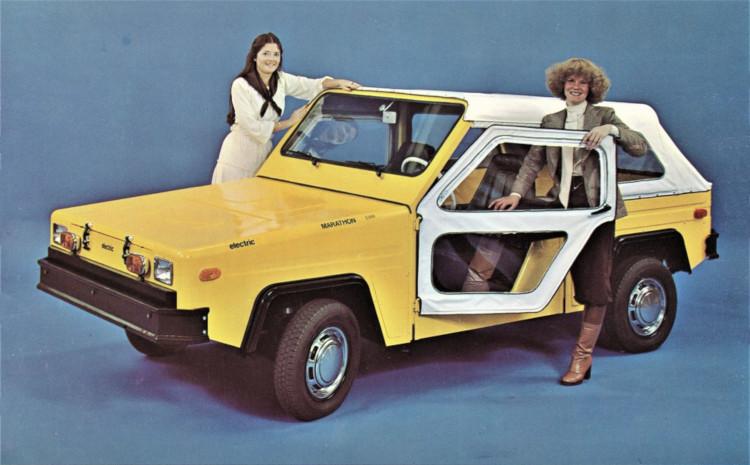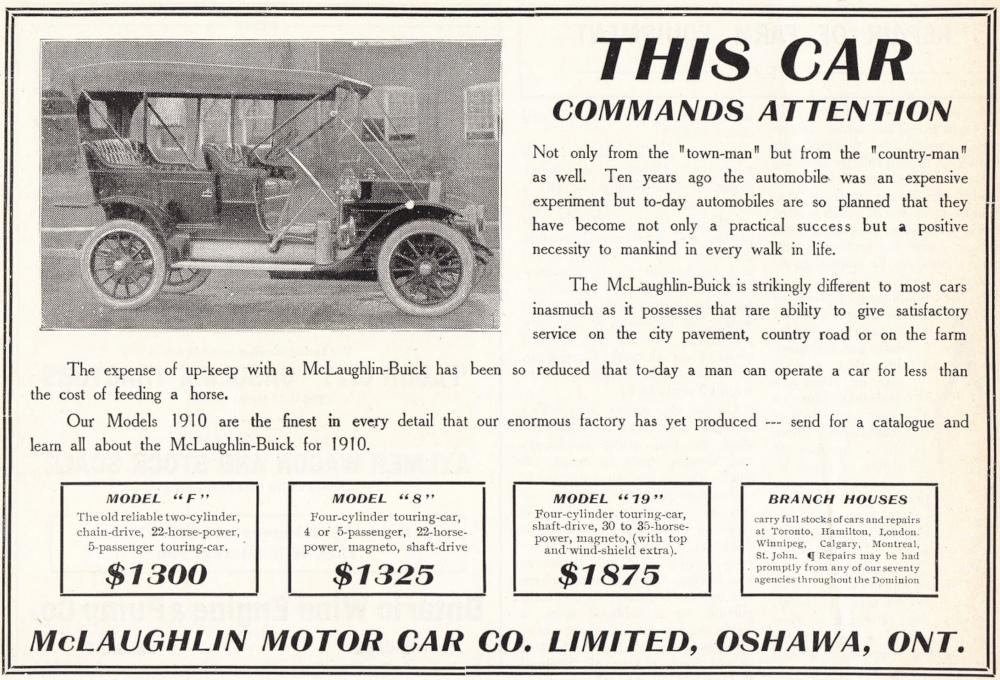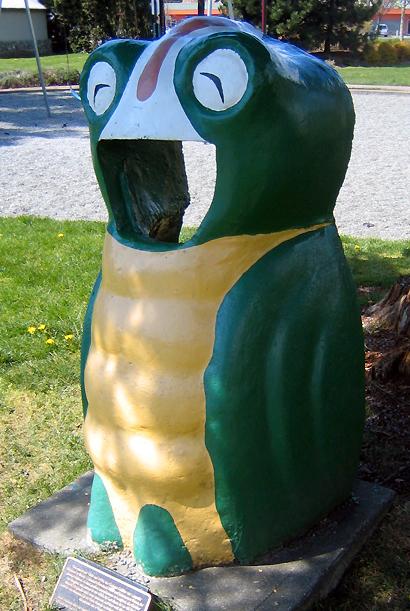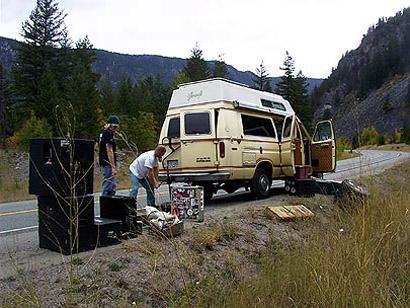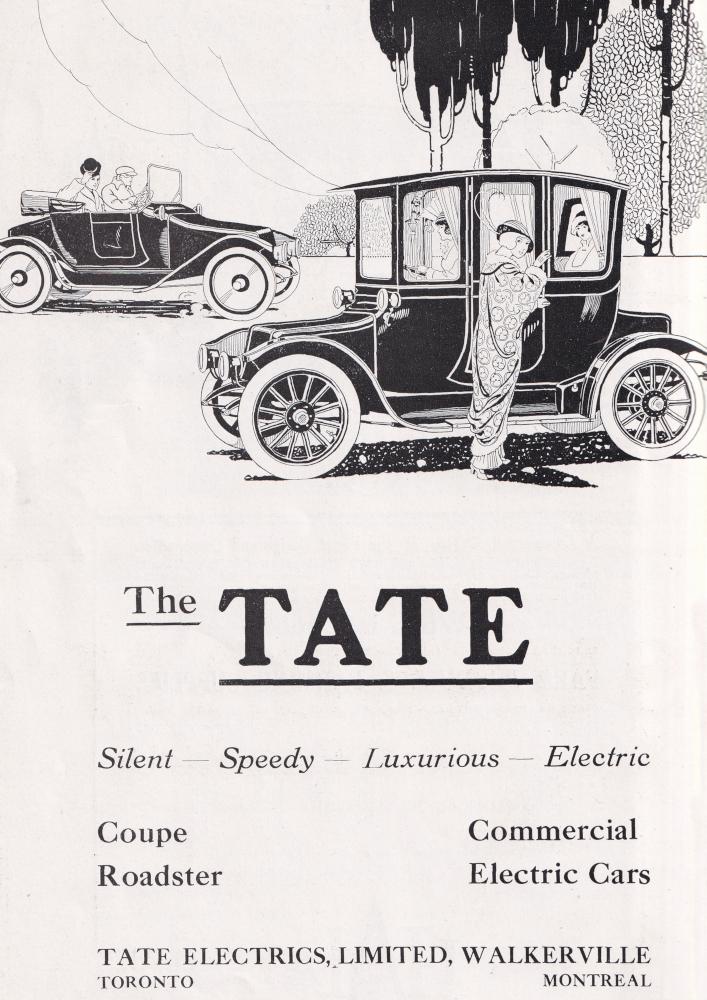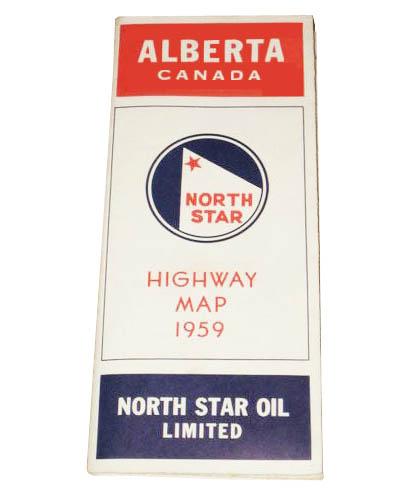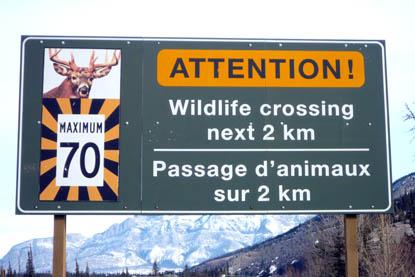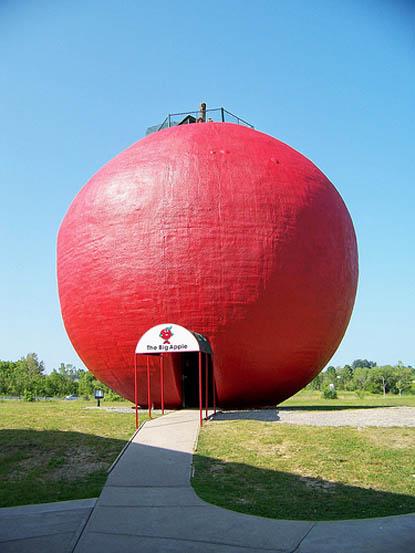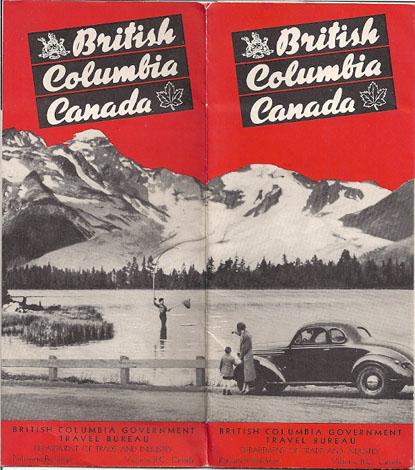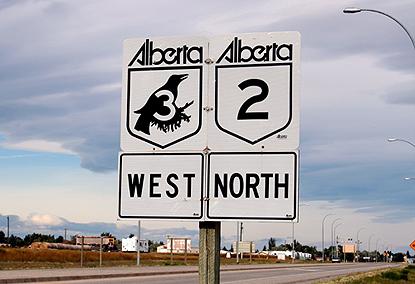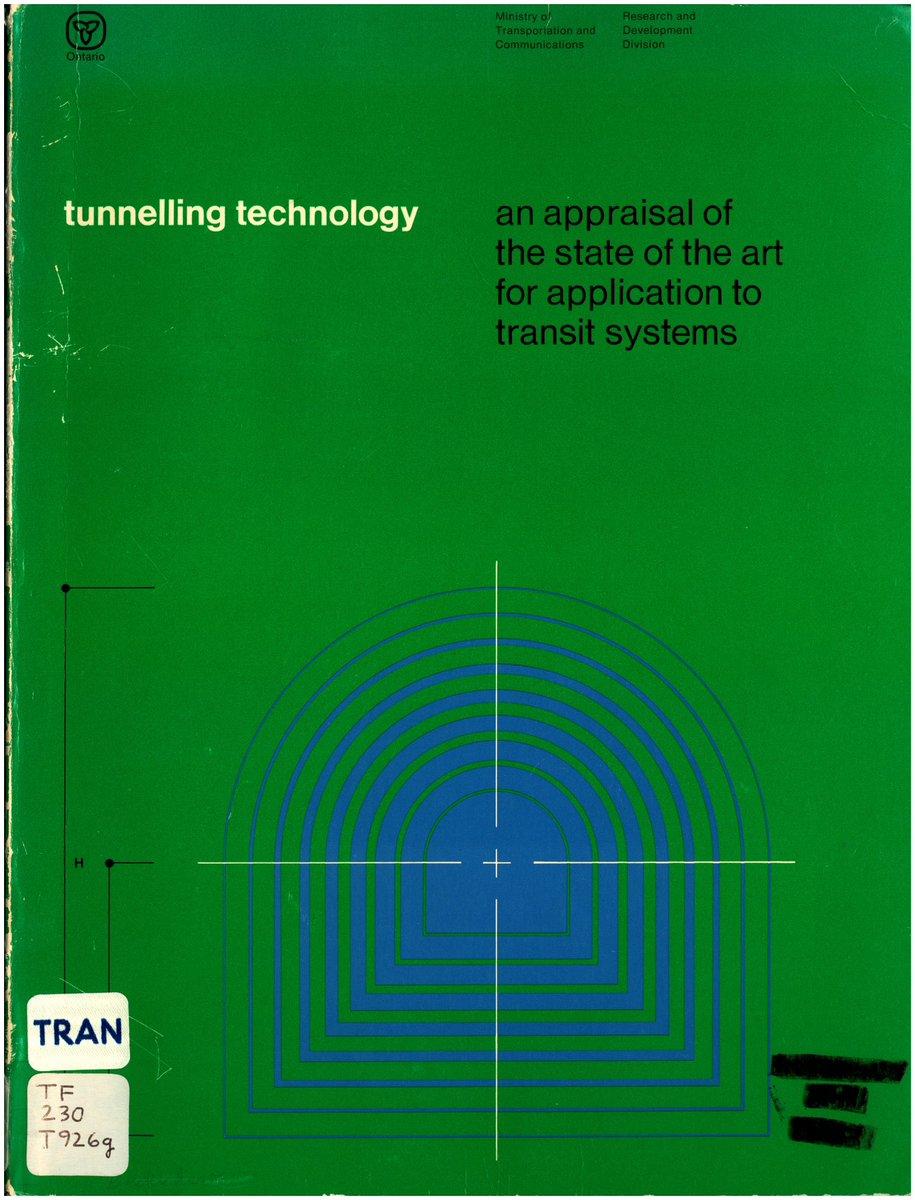Objects picked up or spotted on long imagined road drifts across the continent.
01
The Marathon C-300 is a true standout – as the only commercial electric car developed in Canada between 1915 and the 1990s. Despite the C-300’s unusual appearance and lack of rear seats, more than 600 were sold in 1978. The end of the Energy Crisis and a drop in gas prices put the nail in the coffin for Marathon’s three-year attempt at the car market.
02
03
04
Here in the Resource, we’ve collected some nice examples of government-sponsored modernism (see the “Canada” wordmark, Canadian flag, Government signage, Parks Canada logo, Canada Post, etc.), but here is an effective bit of government-sponsored kitsch. Created in the late 1950’s, the Garbage Gobbler – basically a bug-eyed green garbage can cover with huge teeth painted on the push-in door (missing here) – was the heart of a BC Government campaign to raise awareness about littering and make trash cans fun. The popular Gobblers were installed throughout the Province and ‘Junior Garbage Gobbler’ car trash bags were distributed to motorists to discourage roadside litter. Over time, the Garbage Gobbler was replaced with more practical designs (most notably, the bear-proof variety) and today, only a few still exist. The example shown here was recently restored and installed in Veterans Park, Langford, BC. The plaque at the base reads:
“Throughout the 1960s and 1970s, the Garbage Gobbler was a popular landmark at British Columbia’s Provincial Parks and Information Points, for garbage disposal. A local product manufactured in Langford, the Gobbler was designed and created in the 1950s, by Len Shaw, for the BC Parks Branch. Originally made from concrete, and later with fiberglas, the Gobbler was fabricated in the Parks Branch workshop which was located on the present site of Veterans Park.
Local residents, Marilyn (nee Shaw) Fuller initiated the project, and Ian McKenzie and Ken Fuller, volunteered their time to refurbish this sample of the original Garbage Gobbler. “
Sources: BC150 Applied Arts Project
Commorative plaque, Veterans Park, Langford, BC.
05
“It was by no means unique. A total of 111,764 of them were built; 16,833 were bought in Canada. Yet one of them has an attachment to Canadians like no other. The 1980 Ford Econoline that slowly crawled behind Terry Fox for 143 days and 5,373 kilometres during his Marathon of Hope is being overhauled and refurbished. Rob Reid, a Victoria runner and the driving force behind the successful campaign to build a statue of Terry Fox for Mile Zero on the Trans Canada Highway, said it would be great for Canadians to be able to see and touch the van. He said it could be driven anywhere in Canada and used in conjunction with the annual run that bears his name. “This van is like a historical site. It’s crucial to the story of Terry,” he said. Author Douglas Coupland, who compiled a book on Terry Fox, was told about the van’s existence at a party in 2006. Mr. Coupland informed Darrell Fox and the hunt to locate the van started. For the past six months, more than 1,000 man-hours were dedicated to restoring the vehicle. Most of the original nuts and bolts would be put back on, but not all of the frame could be saved. Ford in the U.S. has a heritage department, but not even the auto giant had all the parts necessary. An exact make and model was located in Virginia, and was sacrificed for the restoration. Despite the exterior alterations, Mr. Stoneley said, the interior has not changed, adding to the mystique of the van. “This amazing presence is still there,” he said.” -Murray Langdon
06
Collection of the Canadian Automotive Museum
From Motor Magazine, May 1914. By the 1910s, many electric car manufacturers, Tate included, had begun marketing small, light electric runabouts, or sports cars, to a male clientele. Although these were often faster and had better range than larger, heavier electrics, they were still nowhere nearly as powerful as their gasoline competitors.
07
08
Photo: David Fisher
Thanks to David Fisher from Edmonton who sent us this picture of a highway sign outside of Jasper. The sign is part of Parks Canada’s, “Drivers for Wildlife” campaign, which also includes bumper stickers, information pamphlets and larger reduced speed zones. The campaign is intended to reduce the incidents of collisions between vehicles and wildlife in the park. According to Parks Canada, “In the last 25 years, drivers in Jasper have killed 13 caribou (a species at risk), 19 goats, 30 wolves, 93 bears, 178 moose, 399 sheep, 782 elk and 795 deer. The actual death toll is probably higher because many injured animals crawl away from the road and die undetected. Countless other smaller mammals, birds, amphibians and insects also die on the road each year.”
While some have questioned the effectiveness of the campaign itself, the design of these highway signs is just beautiful. The mix of bold sign graphics with larger than life photographic imagery (depicting the wildlife species that commonly use the area) is unlike anything I’ve ever seen on the road.
Colborne is the home of the “Big Apple”, a tourist attraction located near Highway 401. With a height of 10.7 metres and diameter of 11.6 metres, the Big Apple is billed as the largest apple in the world. There is an observation deck on top of the apple, a restaurant and other amenities on the premises. Via
11
One of my favorite road trips in Alberta is the Crowsnest Pass. The iconic black crow signage always accompanies Highway #3 in the progressive change from eastern prairie landscape to the stunning mountain scenery of the west. Crowsnest Pass connects a variety of outdoorsy types to our activities of choice year round. -John Greg Ball
